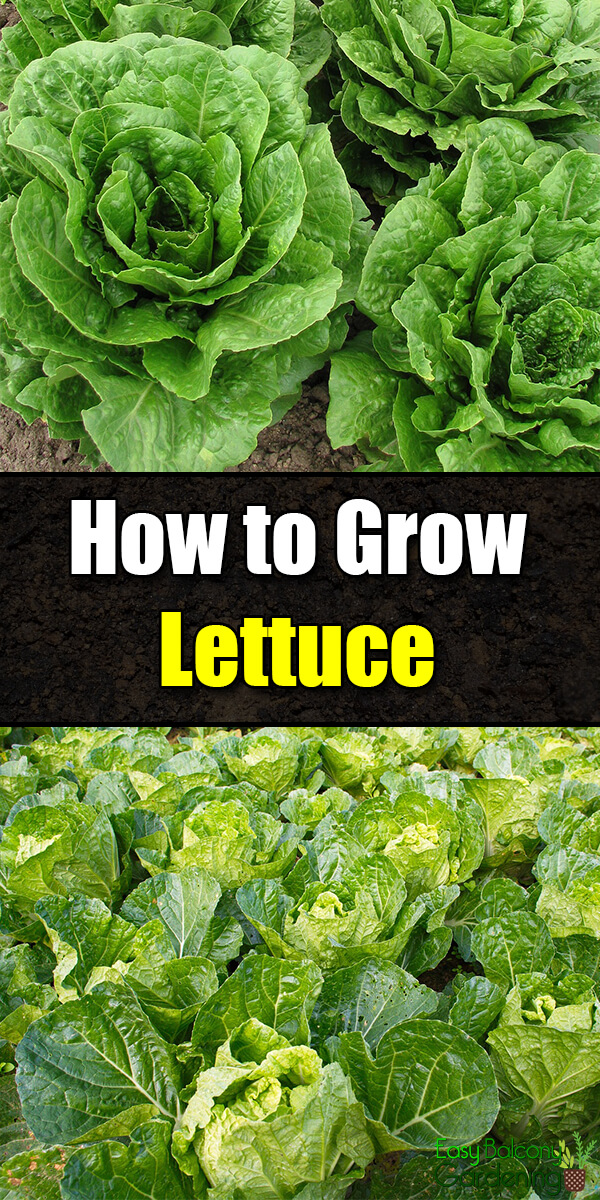With growing lettuce, you need moist, well-drained, slightly acidic fertile soil. Plant in succession the correct variety for each season for continuous harvest, and plant just what you need.
Fertilizer
Do a soil test or ask your local extension office to do the testing for you. Follow the recommendations on the soil report. Absent a soil report, you can apply about four pounds of 5-10-10 NPK for every 100 square feet of gardening section. However, if your lettuce does not seem to grow properly even after correct fertilization, micronutrients may be in order. Liquid micronutrients are available for purchase.
Sowing
When sowing leaf lettuce seeds, space them one-and-one-half feet between rows; two feet intervals for the other varieties. Sow the seeds and cover with about one fourth of an inch soil. White seeded varieties should not be covered with soil but pressed in it. To maintain proper spacing between plants, thin the seedlings according to the size of the plants, somewhere between four to 12 inches in between. The more common reasons for non-germination of lettuce seeds are lack of soil moisture and old seeds. Lettuce seeds do not keep. Check the date on the seed packet when you buy them.
Harvesting
Harvest your lettuce when it reaches full size, while it is young and tender. When gathering the outer leaves of leaf lettuce, let alone its center to keep the plant growing. Also, cut every other plant level to the ground to give the other plants more space to grow. To increase your chances for a second harvest of butterhead or romaine, leave about an inch of the plant above the soil to grow. With the crisphead variety, its center should be solid before harvesting. Do not wait for seedstalks to form prior to harvesting. If it does and the lettuce has developed a bitter taste, wash and store them in the refrigerator for a couple of days prior to consumption. Do not store lettuce in the same compartment as apples and pears because of ethylene gas. It causes brown spots on lettuce and also makes it decay faster.
Cultivation
Lettuce is for vegetative growth and it will need cool white bulbs if you need lighting when growing indoors. It is also very important that you use well-draining soil. If necessary, use a tube or other conduit so that the excess water drains. To prevent tip burn, lightly water the lettuce frequently. Use organic mulch to help the soil retain moisture as well as block weeds. Carefully pull any sprouting weeds by hand as the lettuce grows, as they have shallow roots.
Aphid Control
Prevent aphids by keeping your lettuce plants healthy. That means well-drained soil and correct irrigation. Once you get aphids, they spread very quickly, Find out from your local nursery about Assail, Provado, or Admire. There are pre-harvest intervals for using these products.
Examples of Varieties for Four Seasons
- Spring – Bibb Butterhead, Four Seasons Butterhead, Spring Mix, Forellenschluss Romaine
- Summer – Red Sails Looseleaf, Summertime Crisphead, Little Gem Romaine, Matchless Butterhead
- Fall/Winter – Northpole Butterhead, Fall and Winter Mix, Winter Density Romaine
There are other varieties available for the four seasons. Ask your local nursery for help. With effort, growing lettuce can be an ongoing harvest!








